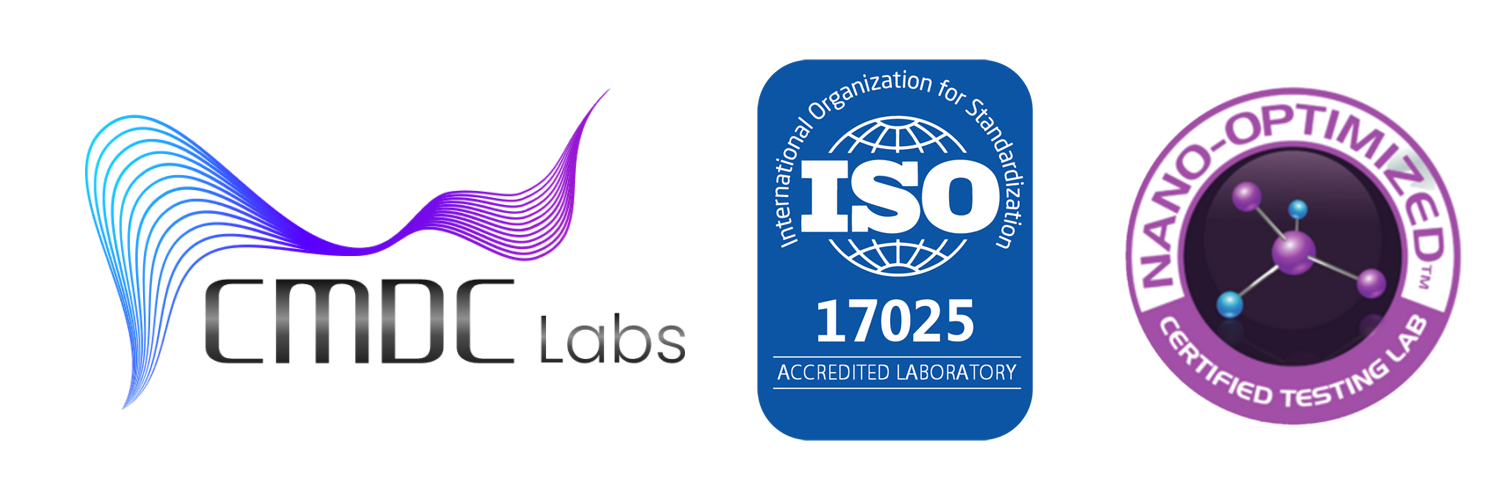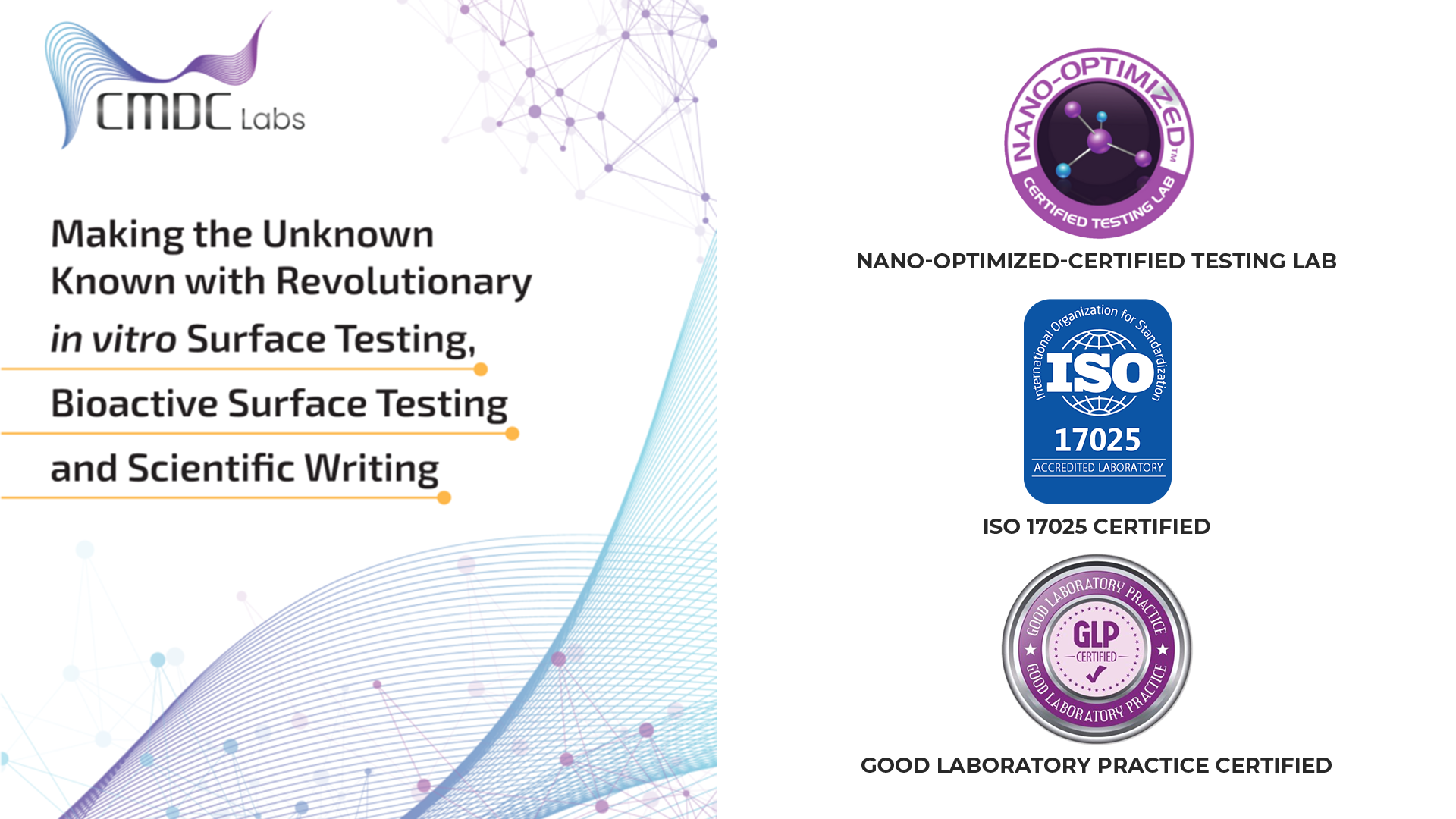The safety and quality of food products are paramount concerns in today’s global market. Consumers, regulatory bodies, and manufacturers all rely on rigorous testing to ensure that food products are free from contaminants and meet quality standards. The Association of Official Analytical Chemists (AOAC) International plays a crucial role in this process by developing and validating analytical methods that ensure the reliability and consistency of food testing practices. At CMDC Labs, we adhere to AOAC standards to provide our clients with the highest level of accuracy and dependability in food testing.
The Role of AOAC International
Founded in 1884, AOAC International is a globally recognized organization dedicated to developing and validating analytical methods. These methods are crucial for ensuring the accuracy, reliability, and consistency of food testing across various laboratories and regulatory bodies. AOAC standards cover a wide range of testing areas, including microbiological, chemical, and physical analyses, providing a comprehensive framework for food safety and quality assurance.
Importance of AOAC Standards
- Accuracy and Reliability AOAC standards are meticulously developed and validated through collaborative studies involving multiple laboratories. This rigorous process ensures that the methods produce accurate and reliable results, minimizing the risk of false positives or negatives. For manufacturers, this means that their products consistently meet safety and quality standards, building consumer trust and preventing costly recalls.
- Regulatory Compliance Adhering to AOAC standards helps manufacturers comply with national and international regulatory requirements. Regulatory bodies such as the FDA and USDA recognize AOAC-approved methods, ensuring that products tested using these methods meet the necessary legal and safety standards. Compliance with these standards is crucial for market access and maintaining a positive reputation.
- Consistency Across Laboratories One of the primary advantages of AOAC standards is the consistency they bring to food testing practices. By using standardized methods, laboratories around the world can produce comparable results, facilitating international trade and ensuring that food products meet the same safety standards regardless of their origin.
Key AOAC Methods in Food Testing
- Microbiological Testing Microbiological testing is essential for detecting pathogens and spoilage organisms in food products. AOAC methods for microbiological testing include techniques such as Polymerase Chain Reaction (PCR), Enzyme-Linked Immunosorbent Assay (ELISA), and culture-based methods. These methods are validated for their accuracy and reliability in detecting microorganisms such as Salmonella, Listeria, and E. coli.
- Chemical Analysis AOAC standards also cover the detection and quantification of chemical contaminants in food, including pesticides, mycotoxins, heavy metals, and food additives. Techniques such as Liquid Chromatography-Mass Spectrometry (LC-MS) and Gas Chromatography-Mass Spectrometry (GC-MS) are commonly used for chemical analysis, providing precise and accurate results.
- Physical Testing Physical testing methods validated by AOAC include the assessment of food texture, color, and viscosity. These tests are crucial for ensuring the quality and consistency of food products, as well as for meeting consumer expectations.
Implementing AOAC Standards at CMDC Labs
At CMDC Labs, we are committed to adhering to AOAC standards to ensure the highest quality of food testing services. Our implementation process includes:
- Method Validation We rigorously validate all testing methods according to AOAC guidelines. This involves collaborative studies and proficiency testing to confirm the accuracy, precision, and reproducibility of our methods. By validating our methods, we ensure that our clients receive reliable and consistent results.
- Quality Control Our quality control measures include regular calibration of instruments, participation in proficiency testing programs, and adherence to Good Laboratory Practices (GLP). These measures ensure that our testing processes remain accurate and consistent over time.
- Continuous Training Our team of experienced scientists and technicians undergoes continuous training to stay updated on the latest AOAC methods and industry advancements. This commitment to ongoing education ensures that our staff is proficient in the most current and effective testing techniques.
The Benefits of Partnering with CMDC Labs
- Regulatory Confidence By adhering to AOAC standards, we provide our clients with the confidence that their products meet regulatory requirements. This compliance is crucial for market access and maintaining a positive reputation in the industry.
- Consumer Trust Reliable and accurate food testing helps build consumer trust. By ensuring that food products are safe and of high quality, we help our clients establish and maintain consumer confidence in their brands.
- Efficient and Timely Results Our commitment to AOAC standards ensures that we provide efficient and timely testing services. This efficiency helps our clients bring their products to market faster while maintaining the highest standards of safety and quality.
Conclusion
AOAC standards are the backbone of reliable and consistent food testing practices. At CMDC Labs, we are dedicated to implementing these standards to provide our clients with the highest level of accuracy, reliability, and consistency in food testing. By adhering to AOAC guidelines, we ensure that our testing services meet regulatory requirements, build consumer trust, and support the success of our clients in the global market.
For more information on our AOAC-compliant food testing services and how we can support your food safety needs, connect with CMDC Labs.
References
- AOAC International. “Official Methods of Analysis.”
- Food and Drug Administration (FDA). “Food Safety and Modernization Act (FSMA).”
- United States Department of Agriculture (USDA). “Microbiological Testing Methods.”
- CMDC Labs. “Our Commitment to Food Safety and Quality.”

